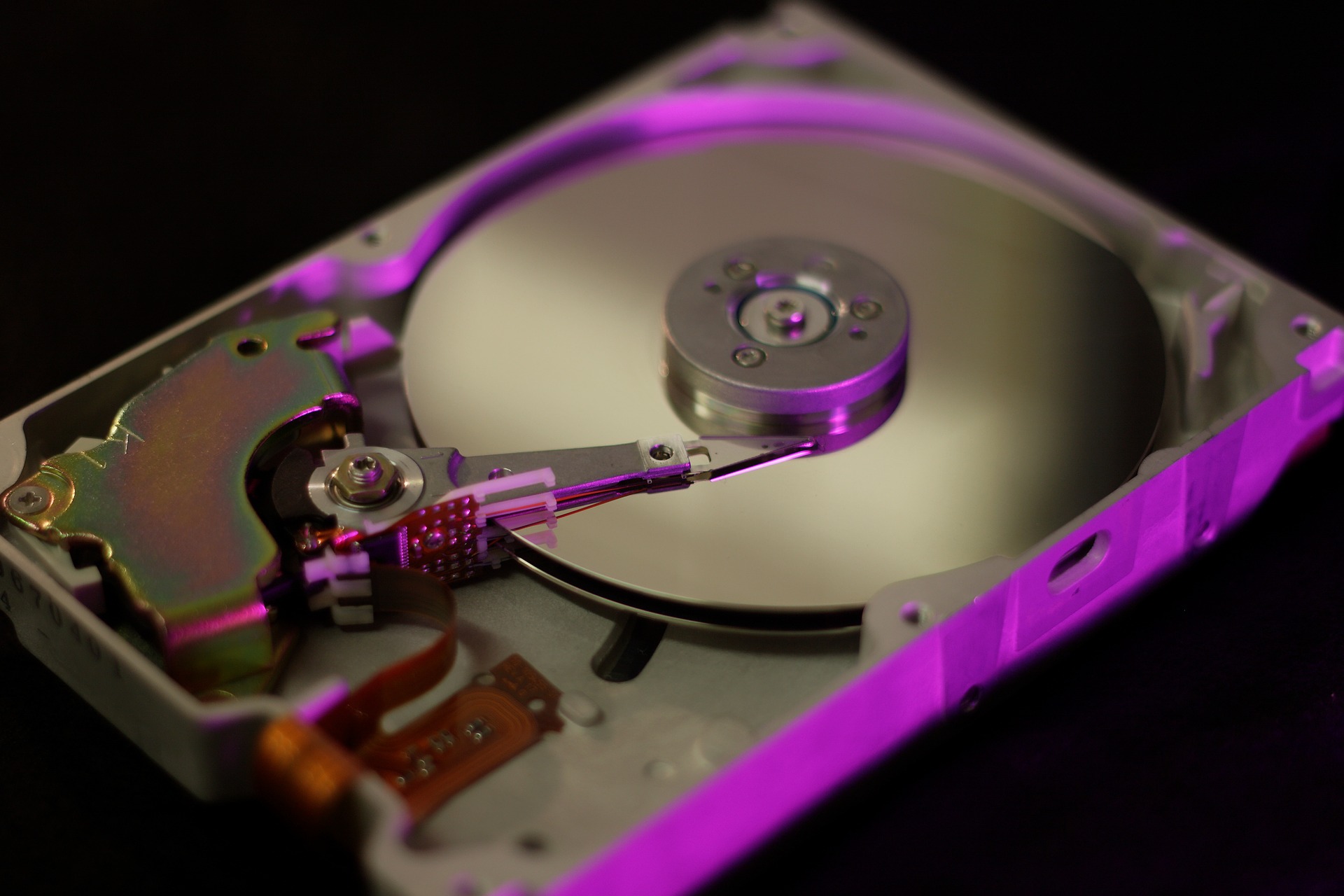
Though the world now possesses an abundance of information storage devices, we still remain at risk of data loss. However, this ability to store information and knowledge gives people a sense of security and hope for tomorrow and generations to come.

In addition to providing new ways of storing this knowledge, the ease of using this technology has given way to an abundance of useless information - saving outdated files, unwatched films, and other useless things has become cheap. The demand for new, more efficient information storage devices grows everyday as civilization acquires more and more knowledge.

Since then many other mediums of information storage have appeared, including floppy and optical discs, multimedia cards, flash drives and many others. Today's hard drives store as much as up to 10 terabytes. This early hard drive stored a bit over four megabytes. But the next notable and significant innovation in the information world came in 1956, when IBM released the 350 disk storage unit, the grandfather of modern hard drives. Gutenberg's press put knowledge into the hands of the masses very quickly and at a low price, triggering the spread of literacy throughout Europe.Īfter the invention of the printing press, time brought with it many new forms of spreading and preserving information, including the phonograph, punch card, and magnetic tape. These metal pieces could be used many times, simplifying and speeding up the printing process. The printing press utilized moveable metal type. Though primitive devices for mass printing had appeared between 700 and 800 AD, Johann Gutenberg changed the world of information preservation in 1440, when he invented the printing press. Paper moved west quite quickly and reached Europe by the eighth century AD making way for the next major innovation in the world of information preservation - the printing press. Paper became superior to papyrus due to its lightweight and ability to hold up in moist climates. They made paper out of a pulp consisting of water and the bark of a mulberry tree. The exact year of its creation is not known. It is believed that in the first few years of the second century AD the Chinese invented paper. Papyrus remained widespread until the appearance of two other mediums - parchment and paper. Parts of the Dead Sea Scrolls, written before 100 AD and discovered in the mid-20th century, were written on papyrus, enduring almost two millenniums. Papyrus was preserved exceptionally well in the dry conditions, making it an ideal form of paper and means of storing information. Papyrus, paper's predecessor, was made from the Cyprus papyrus plant and widely used in the Mediterranean and Middle East, which both share a rather dry climate. Though this technology has existed for only short time, the evolution of information preservation has long been in progress and of high priority for civilization.Īs early as 3,000 BC the Egyptians used one of the first mediums for keeping reliable written records - papyrus. Today people associate information storage with quite a recent development - the computer. History reveals that humans experimented with other methods of passing on information like painting on cave walls and creating depictions on pottery.

Which Backup Storage Media is Right for Me?īefore the appearance of written records, individuals relied solely on oral tradition to preserve knowledge and historical accounts for the future generations.Solid-State Drives (SSD) and USB Flash Drives.Hard Disk Drive (HDD) and Solid-State Drive (SSD) Failure.This article deals with threats surrounding our information and the measures we can take to prevent its loss. Our lives seem to revolve around computers more and more everyday, making us more and more vulnerable to the imperfections of technology.


 0 kommentar(er)
0 kommentar(er)
